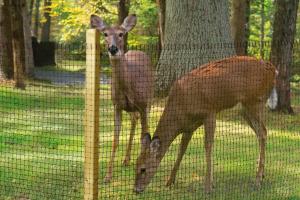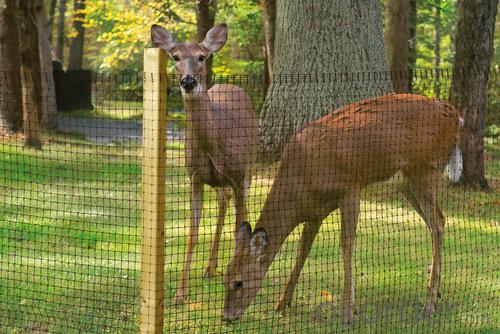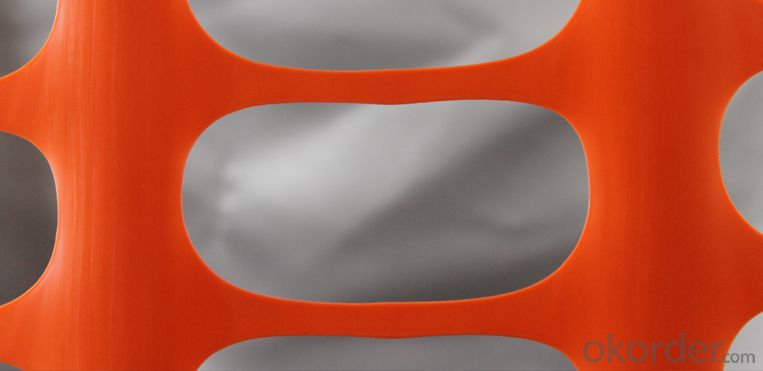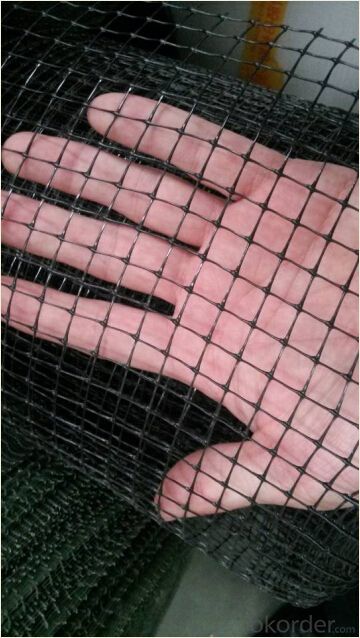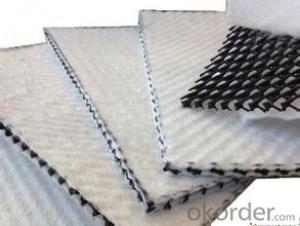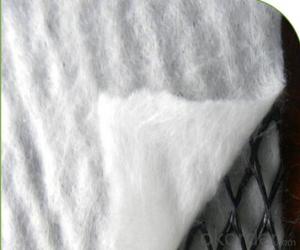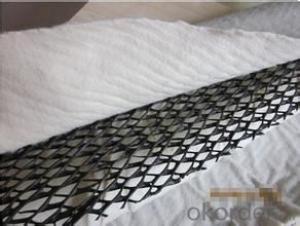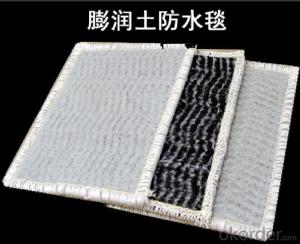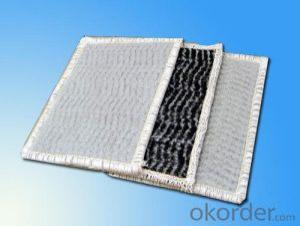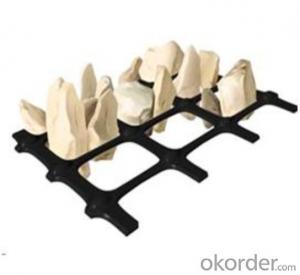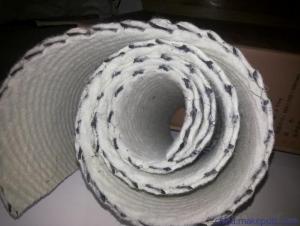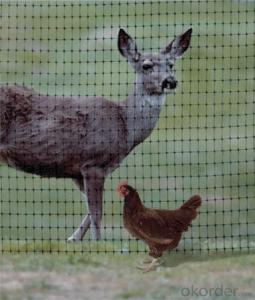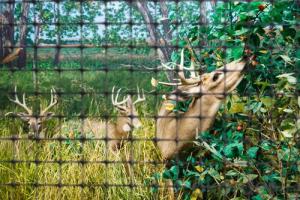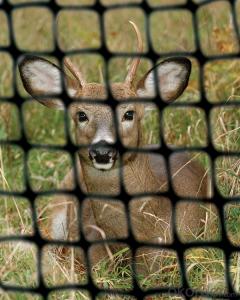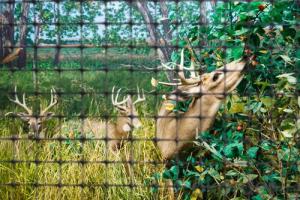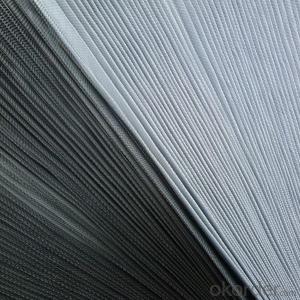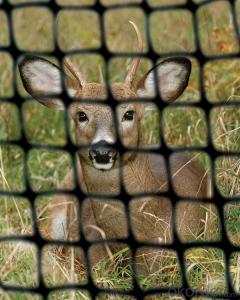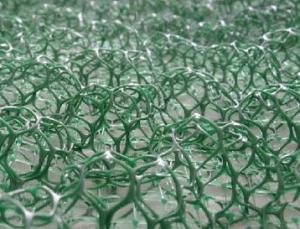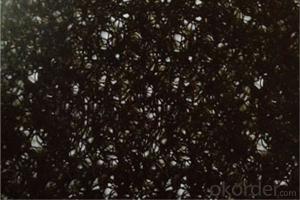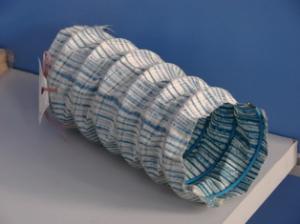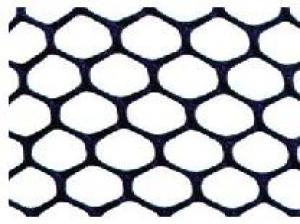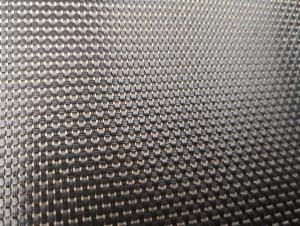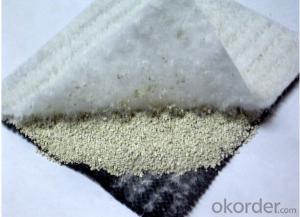PP Plastic Netting for Animal with Virgin Material
- Loading Port:
- China main port
- Payment Terms:
- TT OR LC
- Min Order Qty:
- 5000 m²
- Supply Capability:
- 1000000 m²/month
OKorder Service Pledge
OKorder Financial Service
You Might Also Like
Plastic netting plastic mesh breeding mesh
Plastic Plain Netting
Colour:white,black,blue and green
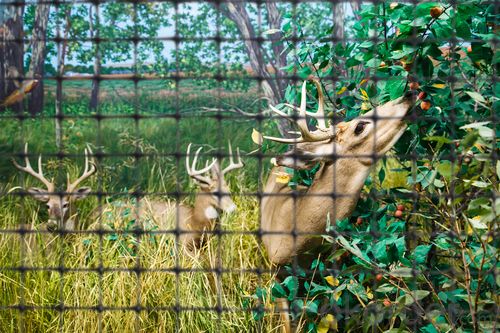
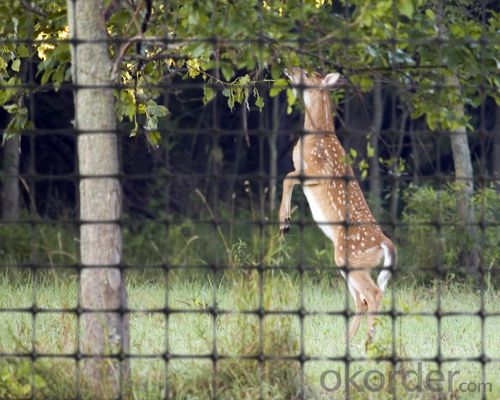
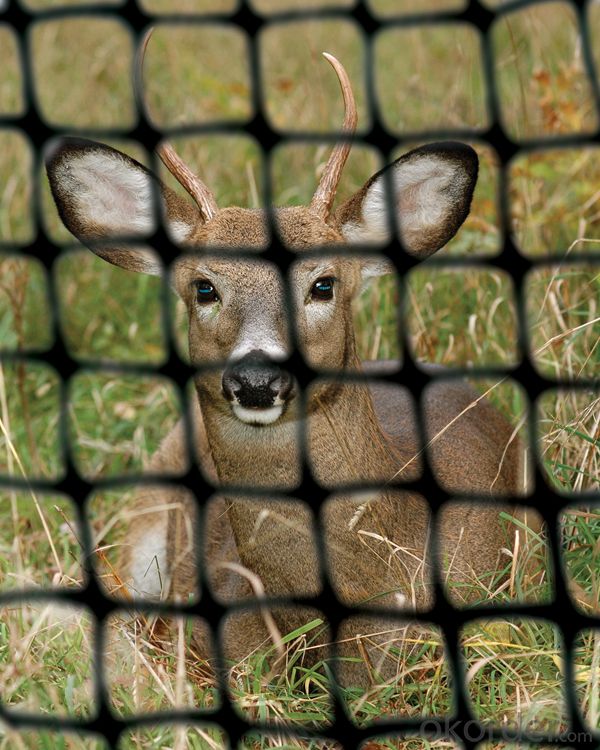
Deer fence introduction:
Deer fencing is a very high strength, lightweight, 3.6ft to 7.3ft high deer fence manufactured from high strength polypropylene BOP plastic netting. Deer have a tendency to forage over large areas and the cost effective deer fencing offers a very effective deer control barrier.
The deer fence is black, UV stabilised and rot proof and unobtrusive as it merges into it's background. Deer fencing is very quick and easy to erect and each roll weighs less than 15kg. The Deer Netting should be installed by battening to the fencing posts to ensure the mesh filaments are not damaged.
Features of the deer neeting fence:
Deer fence is easy to erect and install
Plastic netting has a mesh hole size of 0.06" ,0.08",0.18",0.19"
The BOP plastic netting has a high tensile strength
Plastic mesh is UV stabilized and chemical resistant
Deer fencing rolls are lightweight
Deer fencing is a very high strength, lightweight 1.8m high Deer fence manufactured from polypropylene.
Deer fencing net is supplied on a 100m long roll
Features:
1. Low cost, while has superior strength
2. Has anti-tearing and friction capability
3. Wide range of product availability, some other mesh sizes and weights can also produced as per customers' requirements.
Package/Payment/Delivery:
Package: Usually packed by rolls in plastic film bags with labels inside and then loosely loaded in the container
Delivery: Within 40 to 60 days after receiving the deposit or L/C.
FAQ:
Q1: What is your minimum order quantity?
A:The minimum order quantity is 5000 ,but it is negotiable.
Q2:What is your payment terms?
A: T/T,Western Union,Paypal,L/C...
Waiting to cooperate with you!
- Q: How do geogrids improve the load-bearing capacity of pavements?
- Geogrids improve the load-bearing capacity of pavements by distributing the applied loads more evenly across the pavement layers. They act as a reinforcement within the pavement structure, providing additional tensile strength and reducing the potential for cracking and rutting. Geogrids also enhance the stability and durability of the pavement, extending its lifespan and reducing maintenance costs.
- Q: Can earthwork products be used in beach nourishment projects?
- Yes, earthwork products can be used in beach nourishment projects. These products, such as sand, gravel, and soil, can be sourced and transported to beaches to replenish sand and restore eroded shorelines. This process helps to protect coastlines, enhance recreational areas, and provide habitats for marine life.
- Q: Can earthwork products be used in flood control projects?
- Yes, earthwork products can be used in flood control projects. These products, such as geotextiles, erosion control blankets, and retaining walls, can help manage and redirect water flow, stabilize slopes, and prevent erosion, thereby contributing to effective flood control measures.
- Q: How do earthwork products contribute to land reclamation projects?
- Earthwork products play a crucial role in land reclamation projects by providing essential materials for shaping the land and creating desired topography. These products, such as soil, sand, gravel, and rocks, are used to fill in low-lying areas, build up elevations, and stabilize the land. They help to reshape the terrain, create new landforms, and restore the natural balance of the reclaimed land. Additionally, earthwork products also aid in improving drainage systems and preventing erosion, ensuring the long-term sustainability of the reclaimed area.
- Q: Can earthwork products be recycled?
- Yes, earthwork products can be recycled.
- Q: What are the different colors and textures available in earthwork products?
- The colors and textures available in earthwork products can vary depending on the specific material. For example, in soil products, colors can range from various shades of brown to gray, while the textures can range from fine and sandy to coarse and gravelly. Additionally, in rock and stone products, colors can range from vibrant reds and yellows to more subdued grays and blacks, with textures varying from smooth and polished to rough and jagged.
- Q: How are geotextile mats used in erosion control on slopes?
- Geotextile mats are used in erosion control on slopes by providing a protective barrier between the soil and the forces of erosion. These mats are typically made of synthetic materials and are placed on the slope to stabilize the soil and prevent its movement. The mats help to retain soil particles while allowing water to pass through, reducing the impact of rainfall and preventing erosion. Additionally, the mats promote the growth of vegetation, further enhancing the slope's stability and erosion resistance.
- Q: How do earthwork products contribute to wildlife habitat creation?
- Earthwork products, such as soil, rocks, and logs, play a crucial role in wildlife habitat creation. They provide the necessary materials for creating diverse and favorable habitats for various species. For instance, soil can be used to create mounds or berms, which offer nesting sites and shelter for ground-dwelling animals. Rocks and logs can be strategically placed to create hiding spots, basking areas, and even artificial caves for reptiles and amphibians. By manipulating the landscape with earthwork products, we can enhance habitat complexity, increase biodiversity, and create a more sustainable environment for wildlife.
- Q: Why study civil engineering materials?
- Understand the construction is mainly used to what material, not the time you do not know anything.
- Q: I am now reading materials science and engineering, when the entrance examination, then you can report civil engineering professional?
- You are cross-professional, the teacher will not like, in the school should also pay attention to. If the election hook the direction of what, it is best not to report a good school. Re-test time will be affected. General school can still be considered.
Send your message to us
PP Plastic Netting for Animal with Virgin Material
- Loading Port:
- China main port
- Payment Terms:
- TT OR LC
- Min Order Qty:
- 5000 m²
- Supply Capability:
- 1000000 m²/month
OKorder Service Pledge
OKorder Financial Service
Similar products
Hot products
Hot Searches
Related keywords
